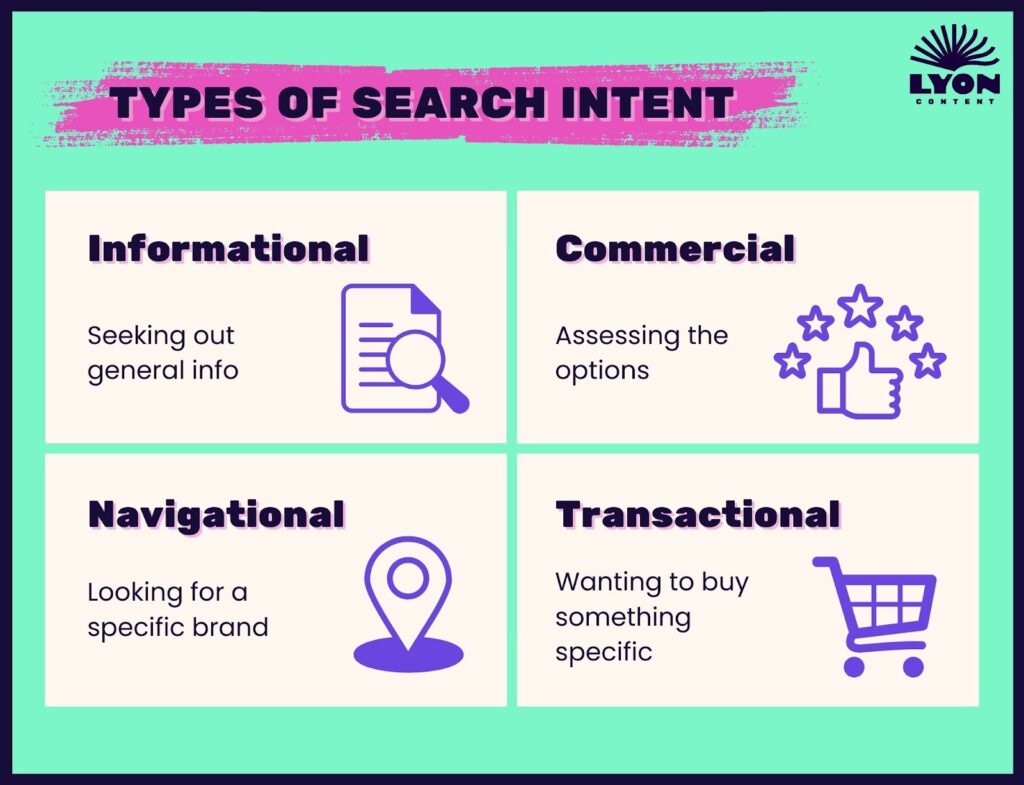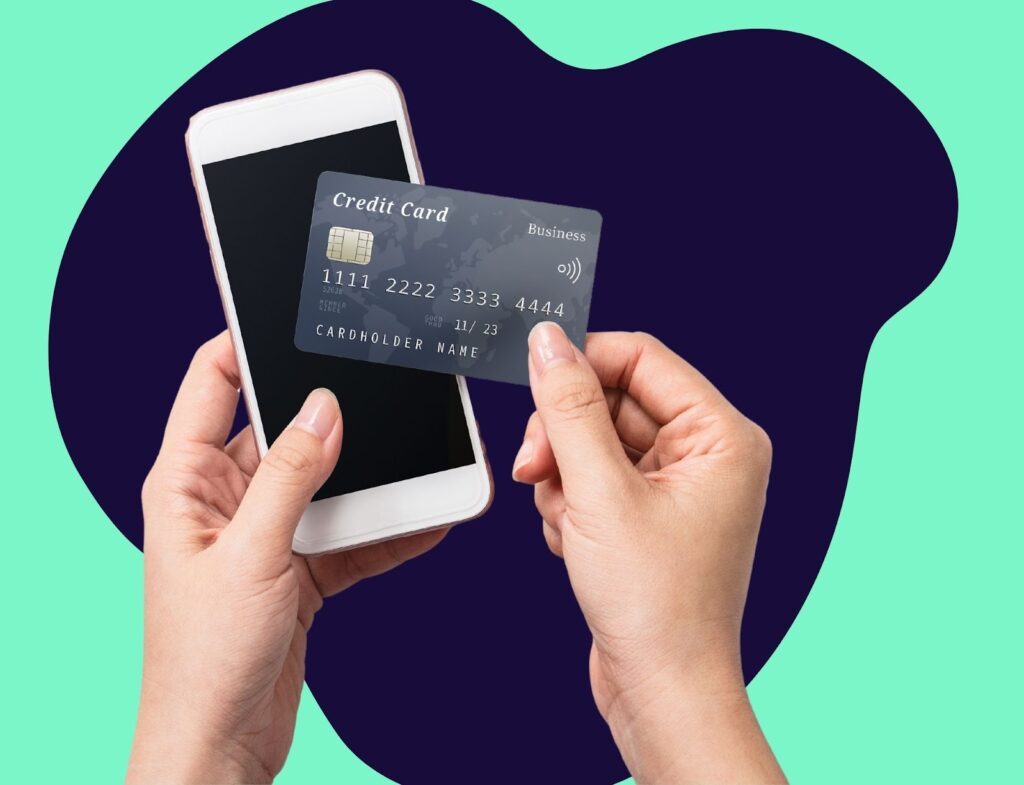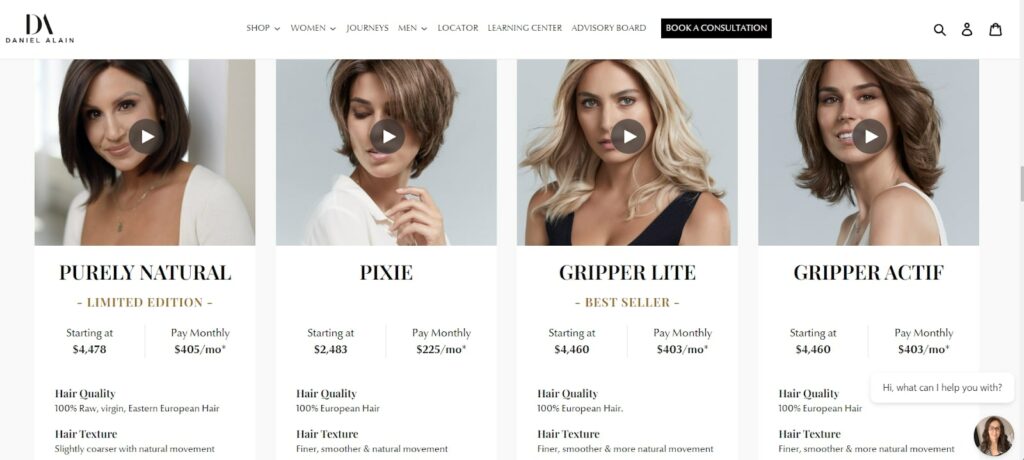What you’ll learn
Do you type in explanations for everything you type into Google? Of course not — it’d be too easy for brands to market their products to you. Still, we can determine your intentions behind a query with search intent. So, what is search intent?
Lyon Content CEO Christina Lyon breaks down the four types of search intent, why they matter, and how to optimize content for each type.
What is search intent?
Search intent (also known as user intent) describes the motivation behind every query typed into a search engine. It tells Google (and us) what your audience is really looking for with every search query.
Why is Search Intent Important?
So, what is search intent good for in marketing?
Let’s say you sell moisturizers, and a good chunk of your audience wants to know about good and “bad” ingredients to look for in a moisturizer. Sure, you can market your product to them as an ideal choice until your face turns blue — but they won’t actually believe you without the receipts. Same with Google.
Receipts here means content that actually answers your audience’s questions in the context of their search queries, which isn’t always a link to your product page.
Search intent is important because it helps you:
- Rank higher in search rankings: Search intent helps you create content for queries and keywords your audience looks for on Google. In turn, Google’s crawlers respect and rank pages on your site higher for their relevance.
- Create relevant content: Understanding search intent gives you insight into your audience’s pain points and needs to better satisfy them with your content.
- Build brand recognition and niche authority: More rankings mean more eyes on your content, which builds your brand rep!

Types of Search Intent
What is search intent based on each searcher’s query? Every marketer should create content for four different types of search intent:
- Informational
- Commercial
- Navigational
- Transactional
Informational
Thinking about getting an electric car? Even before you hit Tesla’s website, you might have done research about the car type itself. This makes you an informational intent web searcher, and you might type in search queries like:
- What is an electric car?
- Why should I get an electric car?
- Electric car vs. gas car
- Benefits of an electric car
But does that mean an electric car provider should create content to answer these questions? This type of audience obviously isn’t ready to buy yet, so what’s the point?
Christina says informational intent content builds trust:
“I would argue it’s the most important to create [informational content] for a new business. Informational content will attract new leads to your brand and build up your authority on Google, which will then make your brand more recognizable and push informational intent searchers into the next stages of the funnel.”
How else can you encourage your audience to switch from informational intent to something more conversion-ready?
Christina proposes newsletters, social media following, rewards campaigns, and discounts to bring curious browsers closer to the shopping cart.
And if you need help persuading them? Our team of talented SEO writers will make your product offerings shine with expertly crafted web copy — just reach out!

So, what is search intent that describes a browser’s intent to buy?
Commercial
People who hit up search engines with commercial intent want to assess their options. They might know a bit about the products they seek from their previous “informational” intent stage — and now they want to know about the players.
For example, someone with commercial intent might type in:
- Best creams for anti-aging
- Best anti-aging creams under $50
- Best anti-aging creams for women 50+
Guess what content type will satisfy them fast? Christina says comparison articles are her go-to for Lyon Content clients:
“You should always approach these with an objective eye, meaning don’t overly fudge your product’s benefits while tearing down your competitors’,” says Christina. “Outline the features, pros, cons, and benefits equally.”
Ideally, you’d write an article about your product and compare it to others on the market. This isn’t your chance to hide your products’ limitations; on the contrary, you’ll come off as more trustworthy if you provide an honest assessment.
Christina says not to worry if some readers choose your competitor over you:
“The right customers (your target audience) will choose you.”
And once they do? Make sure they can find you in branded search queries, too.
Navigational
Did someone say branded keywords? What is search intent that depicts a person searching specifically for your brand? That’s your navigational intent crowd. These people intentionally search for your brand (or any brand) by name in a search engine.
How does Christina capture them?
“By building a reputable brand. Brand recognition is one of the hardest things to do,” says Christina.
Here are her tips to build up enough recognition for more branded searches:
- Authoritative, engaging content: Highlight your brand expertise and tell a compelling story to stand out from competitors.
- Backlinks from reputable sites: Brush up your networking skills to create more industry connections, or SEO-ify your content to encourage reputable backlinks (we can help with SEO).
- Shared content: Promote your content on all your marketing platforms and encourage your audience to share it, too.
Ready to seal the deal? Keep reading for the final search intent type:

Transactional
Transactional intent signals a desire to buy. Ka-ching! Any mention of the word “buy” in a keyword phrase usually means the searcher has transactional intent. But how do you capture them without coming off too sales-y?
Christina’s take? Write in your audience’s language.
“Understand your audience’s pain points and write copy in the language and tone they use in their search queries. Keep it short and concise, and don’t oversell your offering.”
The best transactional content demonstrates how your product:
- Solves your audience’s pain points
- Improves their lives
Prime example? This product page for our client Daniel Alain’s luxury wigs:

The copy is concise yet persuasive, and highlights direct benefits and competitive attributes for the audience. Pricing also makes it easier for them to assess affordability and click the “Shop Now” button that appears when they scroll down the page.
How to Determine Search Intent
Out of the hundreds or thousands of people on Google who might end up on your website, how do you know who’s who? What is search intent used for in targeting all o these different customers?
You’ll need to figure out the type of search intent behind common queries through:
- Keyword software: Tools like Semrush and Ahrefs identify search intent for each keyword it suggests in your reports.
- Keyword analysis: Look closely at the phrasing, tone, and modifiers for each query. Words like “what is” often signify informational intent, while “buy X” signifies transactional intent.
- Buyer’s journey analysis: Study your existing customer base and analyze the search queries, website history, and inquiries they make at each stage to identify search intent.
How to Optimize for Search Intent
One word: content. You need to know the content type that will resonate most for each type of search intent.
For example, someone who types in “buy anti-aging cream” doesn’t want to see your ebook about the history of moisturizers. You need to match up your content type with your audience’s intent!
We’ll cover different content types for each intent type and link to a few examples from our work!
Content Type for Informational Intent
Informational intent gives you the most leeway in terms of length and word count, but you should still remember to maintain an upbeat, engaging voice in informational content types like:
- Blog posts
- Social media slides
- Ebooks and whitepapers
- Newsletters
PS — Informational intent content usually has multiple content formats, especially for blog posts. So we can also add:
- How-to guides
- What-is guides
Content Type for Commercial Intent
Ever spent hours browsing the web for the perfect vacuum, hair dryer, or shampoo? You probably perused some of these commercial content types:
- Product pages
- Video unboxings and comparisons
- Product comparisons
- X vs X
- Image and display ads
Content Type for Navigational Intent
Your audience isn’t quite ready to buy, but they want to know more about you. Give them the 411 on your brand and offerings with:
- Web content
- Product pages
- Service pages
- About pages
- Social media profiles
- News releases
Content Type for Transactional Intent
Transactional intent audiences don’t care to read long-winded blog posts or newsletters. These are the crème de la crème of your potential customers, closest to conversion. Seal the deal with abundant calls to action (CTAs), limited-time offers, and rewards in these content types:
- PPC ads
- Landing pages
- Product listings
- Strong calls to action (CTAs)
Create Content for Every Type of Search Intent with Lyon Content!
You came to find out the answer to “what is search intent,” and we’ve broken down all the various types.
Your audience is waiting for you in the Google search results. It’s time to meet them with engaging, on-brand content that satisfies their search intent.
Need help creating content for search intent? We’ve got you.

05/06/2024
Chrissy is a contributing writer at Lyon Content based in Toronto. She loves writing and editing tech, marketing, and lifestyle content. But her favorite part of writing is helping businesses express themselves. When she isn't writing, she's traveling as much as possible and eating a lot of cheese.





